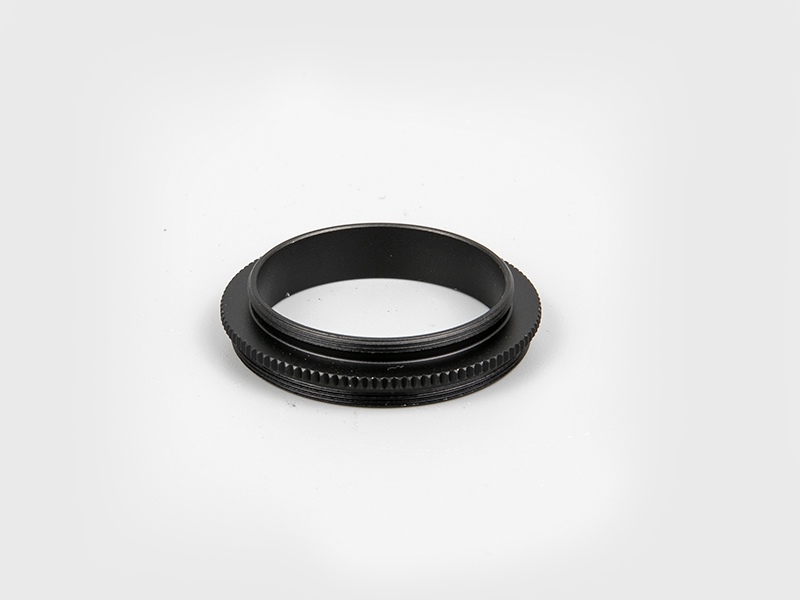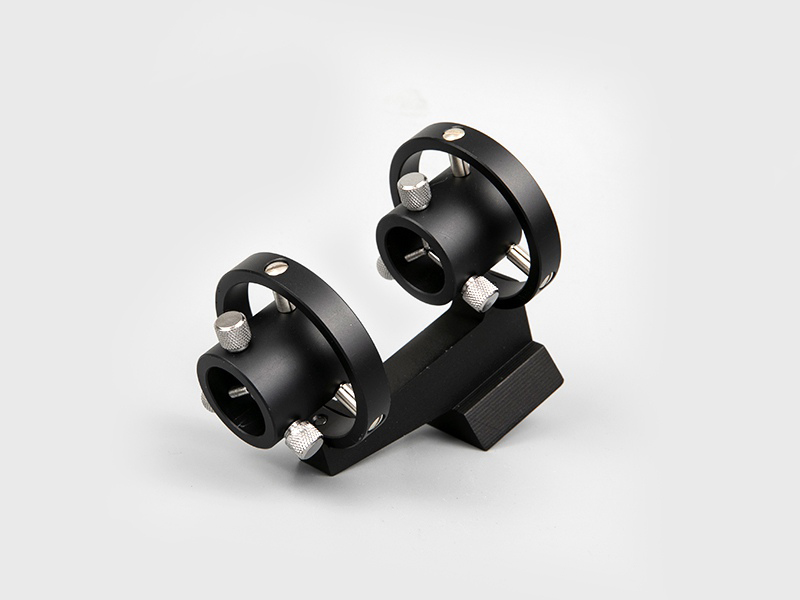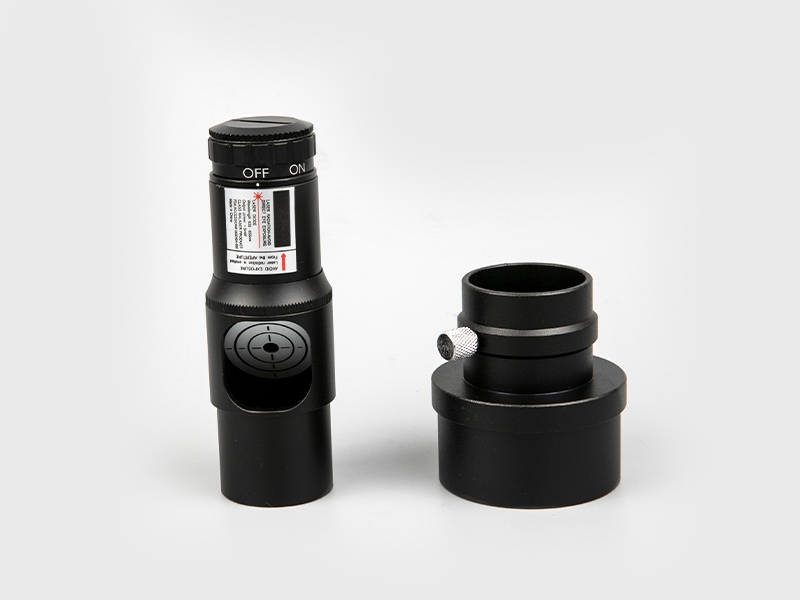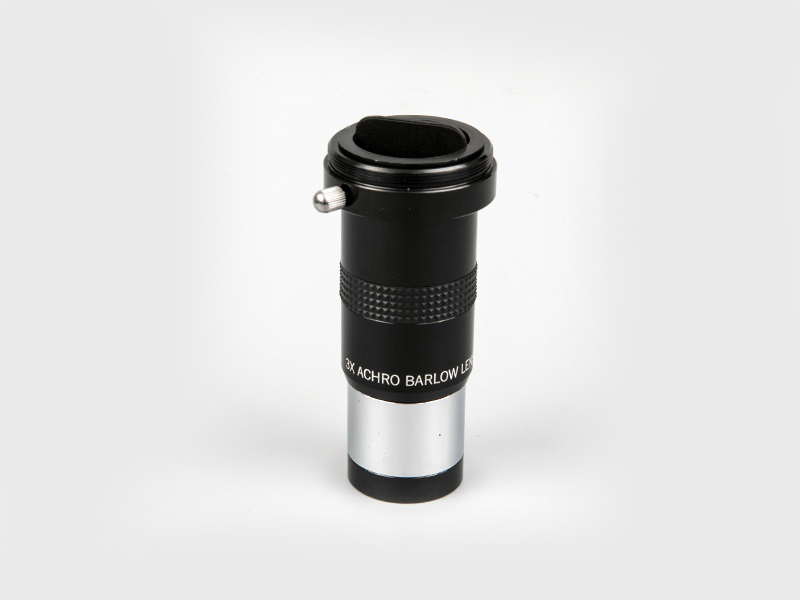1. Classification by observation band
Radio telescopes, infrared telescopes, optical telescopes (visible light telescopes), ultraviolet telescopes, X-ray telescopes and gamma-ray telescopes. Below we mainly introduce common optical telescopes and radio telescopes. Optical astronomical telescopes mainly observe the visible light band, specifically the light with a wavelength of 380nm (nanometer)-750nm, which is the red, orange, yellow, green, blue, and purple visible to our naked eyes.
In fact, there are various wavelengths of light in the environment in which we live, but some of them are invisible to our naked eyes. Optical telescopes can be divided according to the optical path design: refracting telescopes (Galileo, Kepler), reflecting telescopes (Newtonian, Cassegrain) and catadioptric telescopes (Schmidt-Cassegrain, Maxus Tov Cassegrain).
Two, refracting telescope
The refracting telescope is the oldest type, which is the original form of the telescope. Before, the Galileo telescope introduced by the astronomical telescope manufacturer was a typical refracting telescope. The Galileo telescope uses a convex lens as the objective lens and a concave lens as the eyepiece, but the aberration and chromatic aberration are relatively large. There are two problems restricting the development of refracting telescopes, leading to the need to improve the optical path structure.
Three, reflecting telescope
Reflecting telescopes mainly use a parabolic mirror as the main mirror, and the focal point of the telescope is in front of the main mirror. Newton decided to use a mirror instead of the lens as the main mirror when he failed to polish the lens many times, and used a flat mirror to draw the light out of the lens barrel from the side, and invented the Newtonian reflecting telescope.
Four, catadioptric telescope
The catadioptric telescope is a telescope constructed with a corrective lens in front of the Cassegrain reflecting telescope. Catadioptric telescopes can be divided into Schmidt-Cassegrain type (Skar/S-C for short) and Maksutov-Cassegrain type (Maca/M-C for short). The main difference lies in the corrective mirror. The catadioptric telescope takes into account the advantages of the refractor and the reflector, with small chromatic aberration and bright image.
Now, the price of telescopes has become more commonplace. If you are interested in astronomy, you can buy a telescope for home use, and you can enjoy the universe of the universe at home!

 English
English 日本語
日本語 Deutsche
Deutsche España
España








